1. Determine the right time to start planting outdoors: it all depends on the hardiness zone for your zip code, which also helps you figure out which (and when) specific plants will actually thrive.

2. Shake up a scoop of dirt and some water in an old peanut butter jar to figure out the approximate composition of the soil in several different parts of your yard. It will settle after about 24 hours, so you can see all the proportions of clay, silt, and sand.
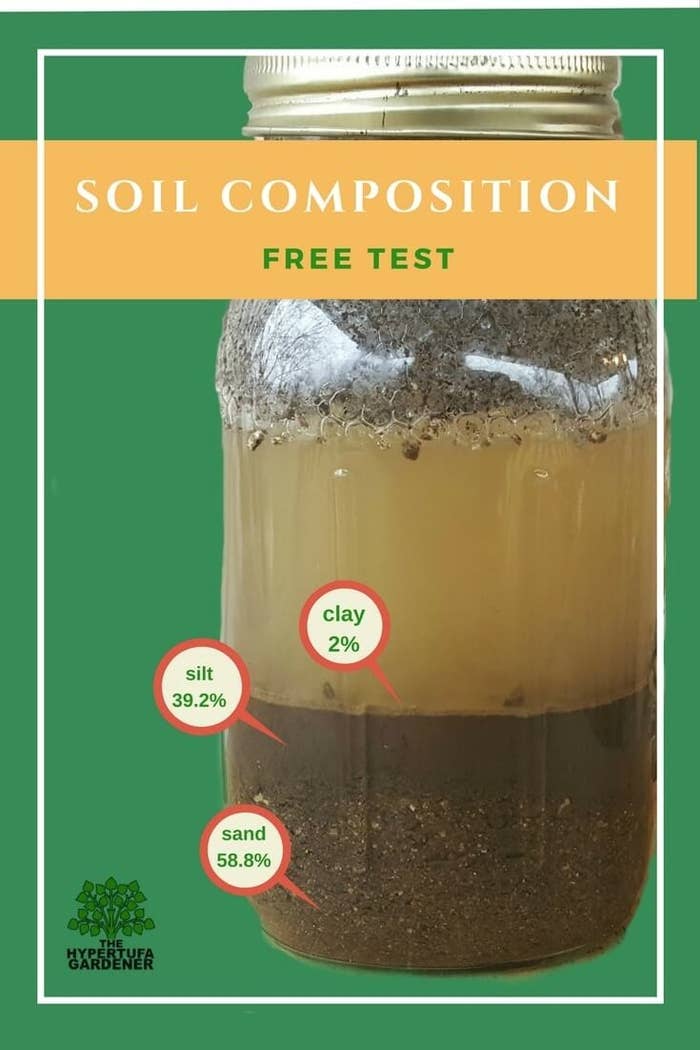
3. Or opt for a soil test kit, which can give you much more detail about both the pH of your soil and all the other nutrients it either has or lacks.

4. You may even want to consider mixing in compost or (erm) well-rotted manure to boost your rows or beds.
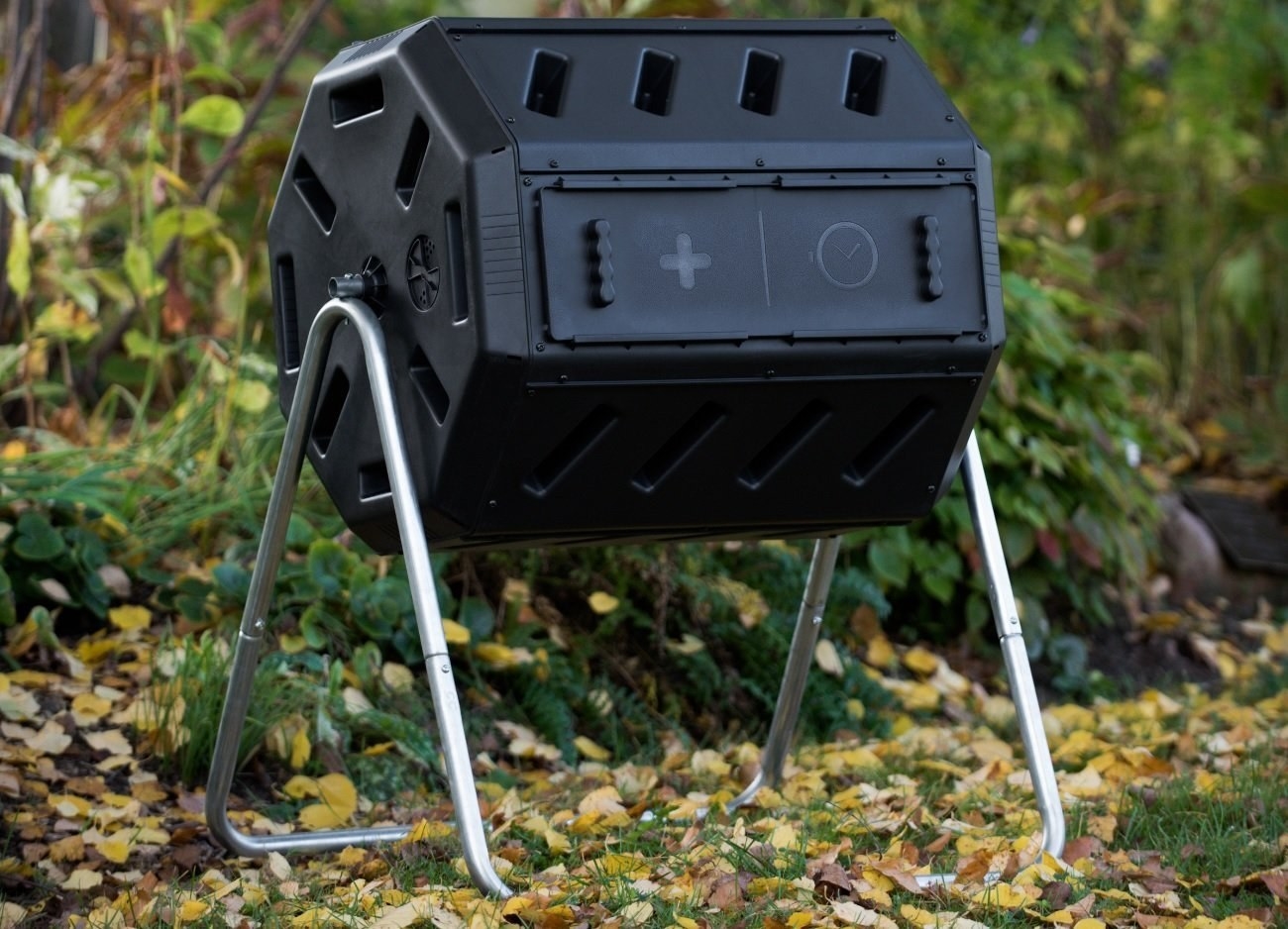
5. Plan everything out with the help of a gardening journal. That way you can track what you plant where year to year, when specific vegetables are ready to harvest, and the histories of your more permanent plants.
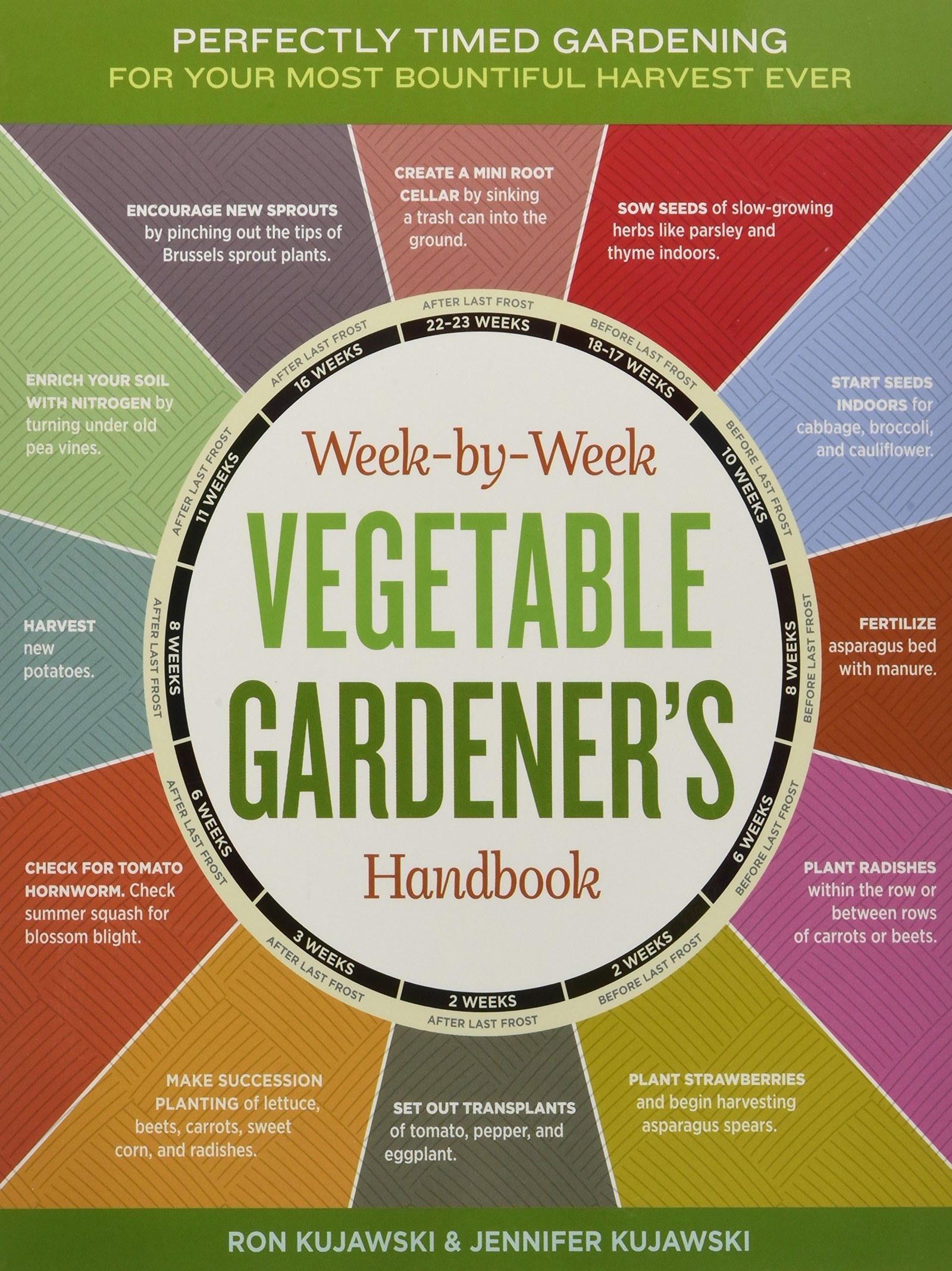
6. And an old-school photo album is the perfect way to keep track of your seed packets.
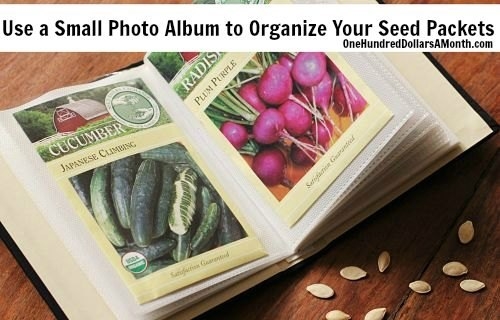
7. Try out a system like Square Foot Gardening to help you get the hang of how to actually grow veggies you can eat, and how to grow more in less space.
8. And make grid gardening even more foolproof with a Seeding Square kit, which helps you both evenly space plants and bury your seeds at the correct depth.
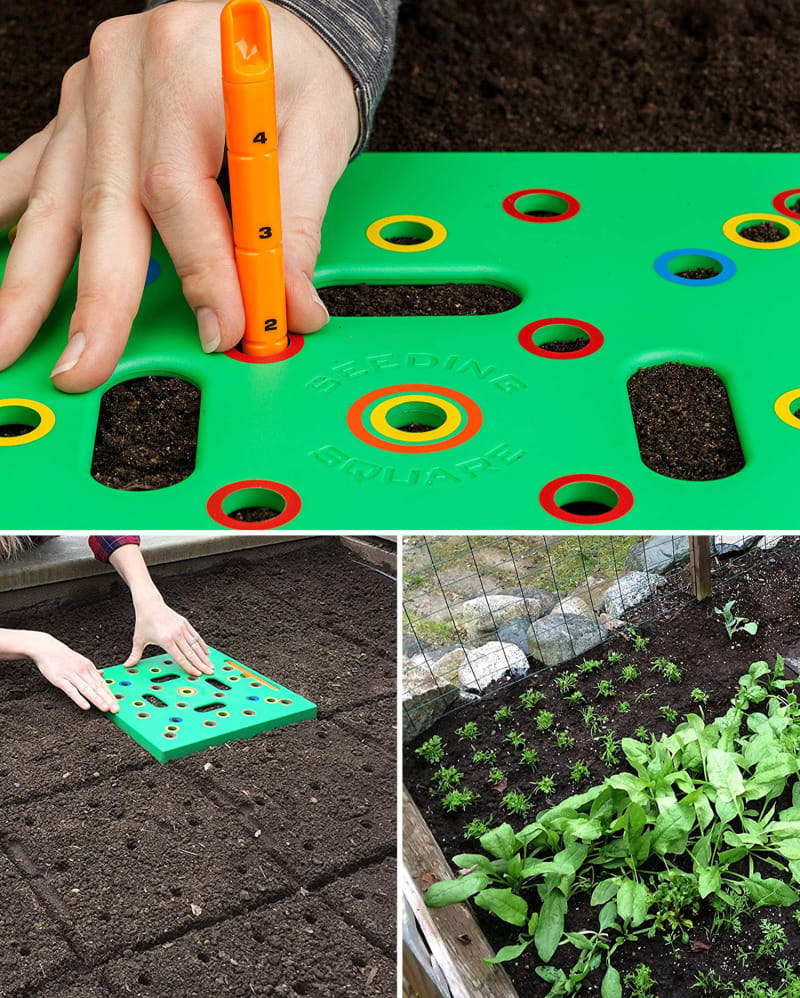
9. Never grow the same type of veggies in the same plot of soil two or more years in a row — instead, rotate them so every bit of your garden soil stays rich with the nutrients each specific type of plants needs.
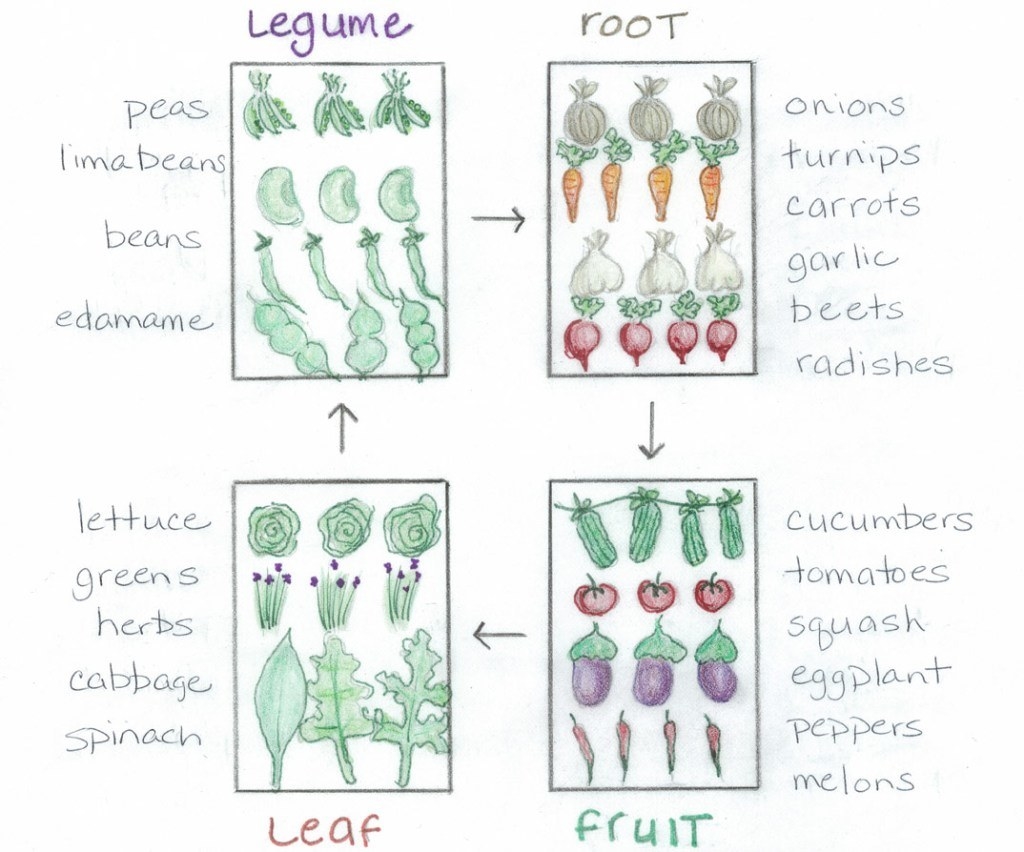
10. Consider ~companion planting~ as you plan: particular plants may help keep another's pests under control, and others just naturally grow well together.
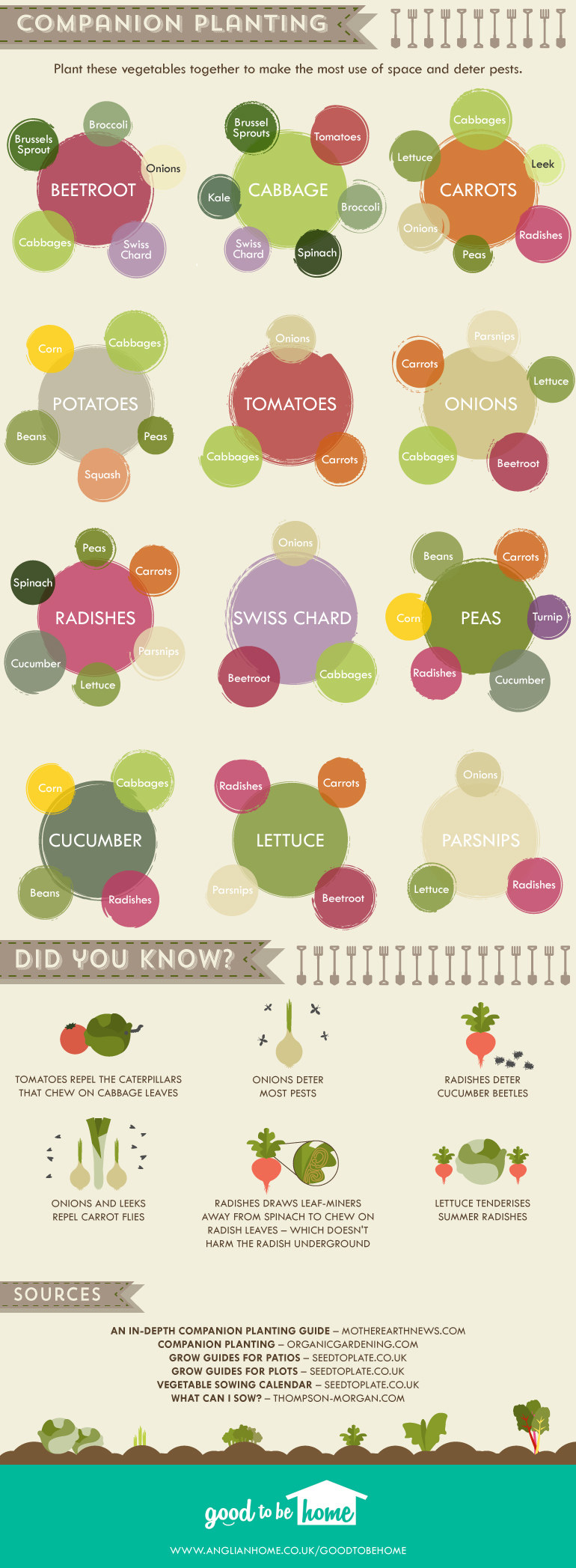
11. If you're planting flowers, consider a mix of annuals (which last just for a year) and perennials (which grow over many years).
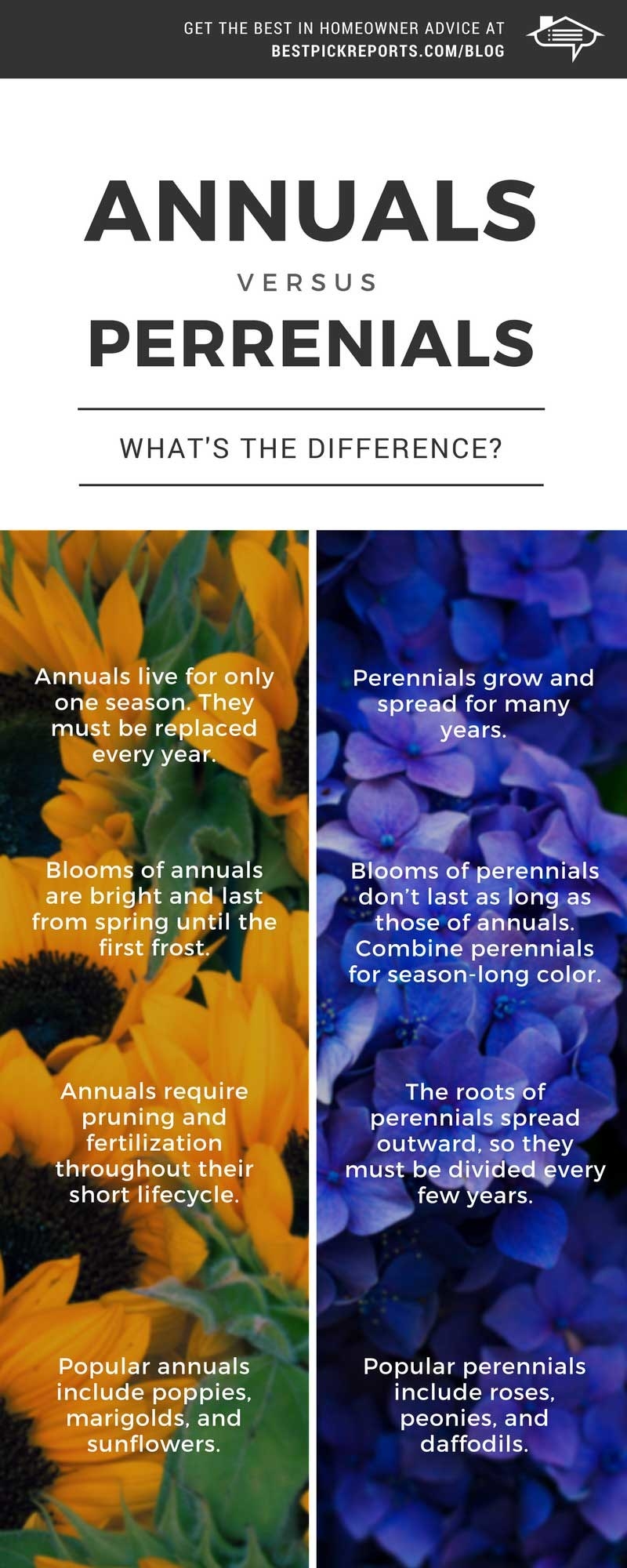
12. Or scatter a high-quality wildflower seed blend (designed specifically for your region of the country) for low-maintenance but still stunningly gorgeous flower beds and containers.

13. Pick up a few basic tools if you don't have 'em already, and a pair of durable protective gloves.
14. And store them in a self-sharpening, self-cleaning solution of mineral oil and sand.
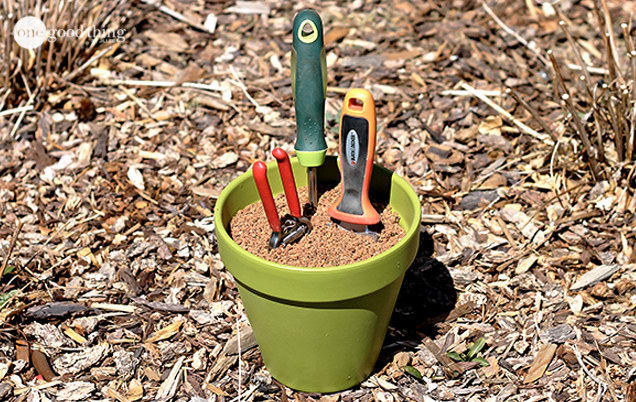
15. It's perhaps cheapest to start a garden from seeds, but of course buying already-established plants at a local garden store can make success a little simpler.
16. That said, if you do want to try starting seeds, reach for eggshells or citrus rinds...
17. ...or, of course, seed starter trays made exactly for that purpose.

18. Whether or not you have much (or any) yard to speak of, you can always easily grow herbs like basil, thyme, oregano, mint, and rosemary in containers on your balcony or porch.
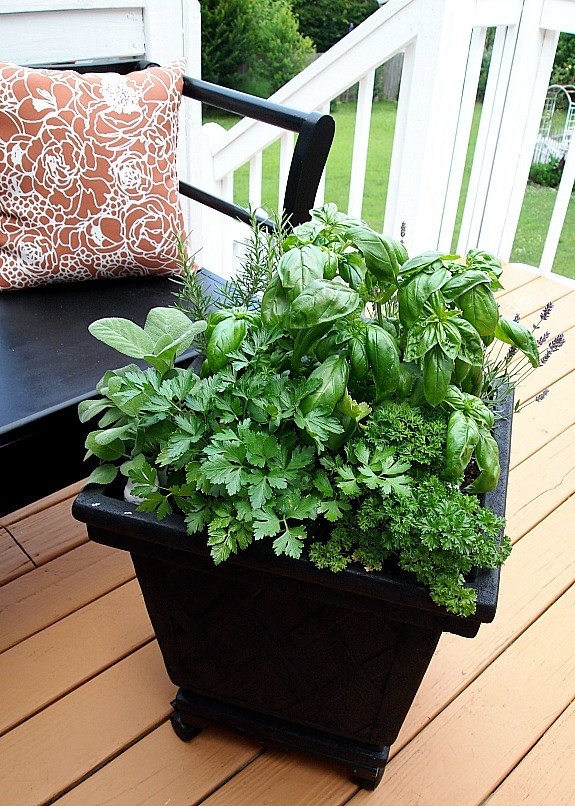
19. Have absolutely no outdoor space at all? You can still enjoy growing things and eating fresh herbs with a hydroponic countertop garden!
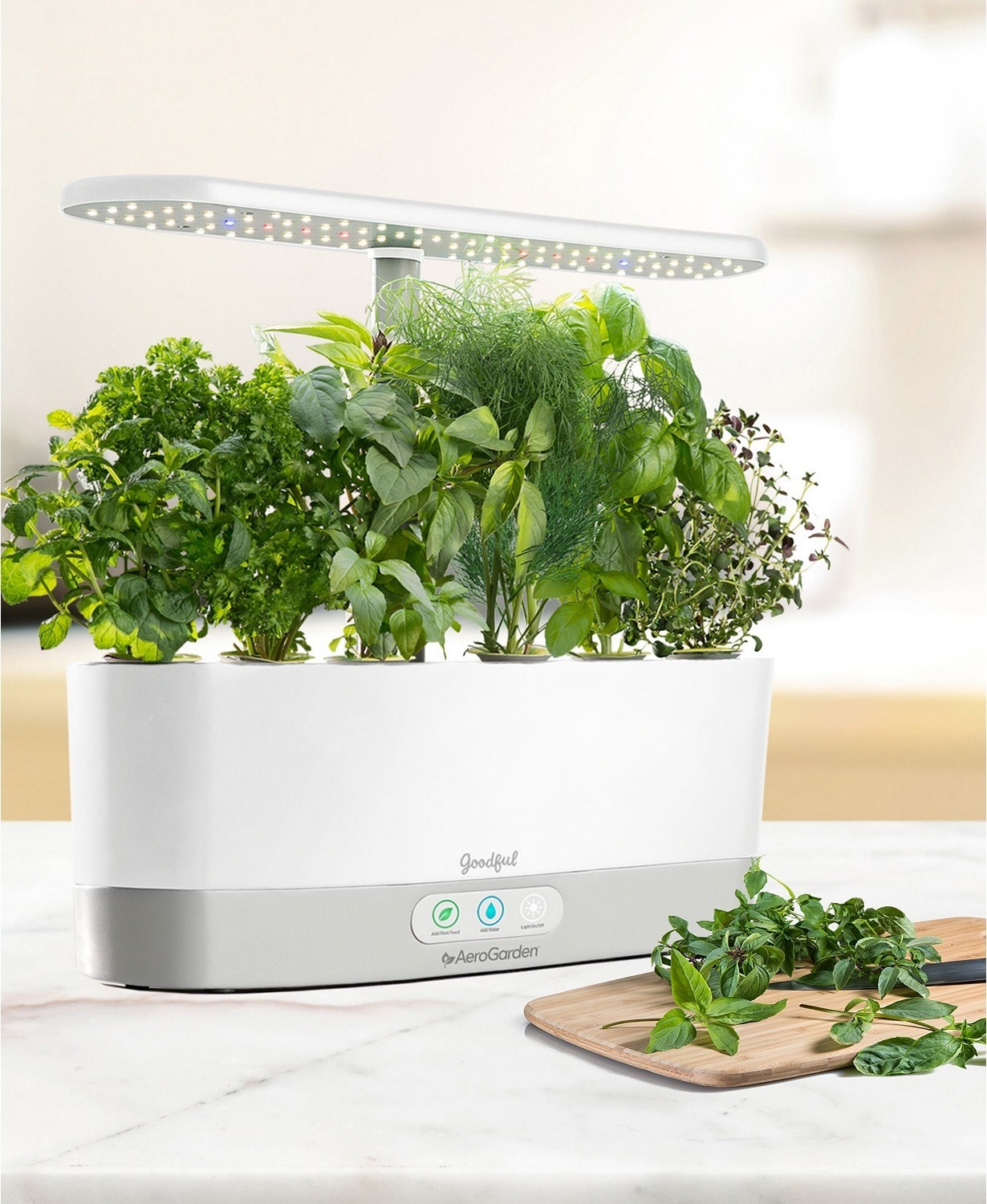
20. Always snip your herbs with clean, sharp garden shears — never just pluck off their leaves — because thoughtful pruning will encourage them to send out more of those tasty leaves.
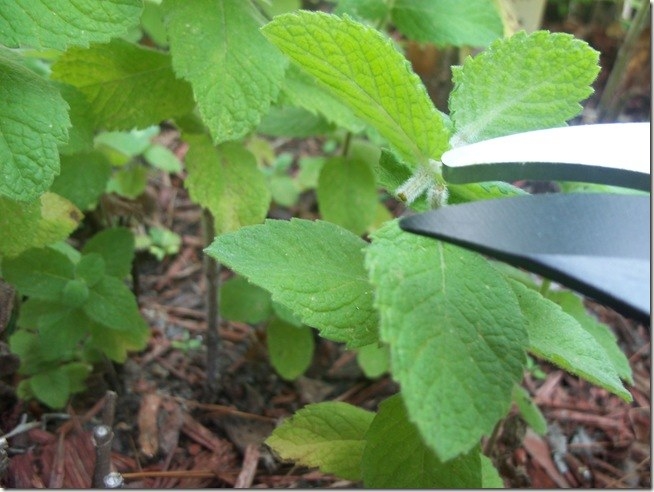
21. And if you want to eat your herbs, don't let them flower — it can change their flavor, and might stop your plant from growing its leaves.
22. Always water a vegetable garden in the morning before the hottest part of the day, so the water doesn't evaporate before it soaks into the soil.
23. Morning's also the best time to water gardens in general, and it's ideal to water both deeply (about 2 inches) and less frequently (like, once a week or so) so the plant roots can grow nice and deep.
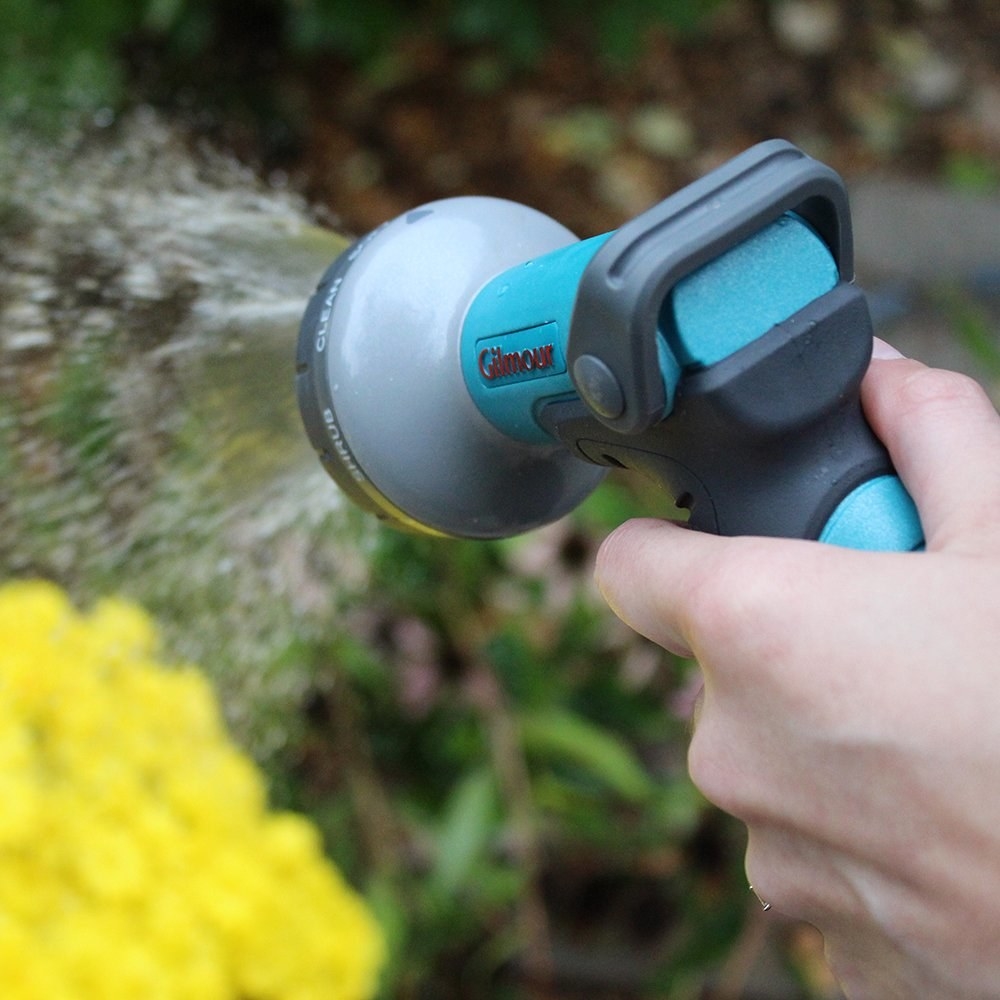
24. Trim or pinch off the "deadheads" from certain flowering plants to help encourage even more blooms.
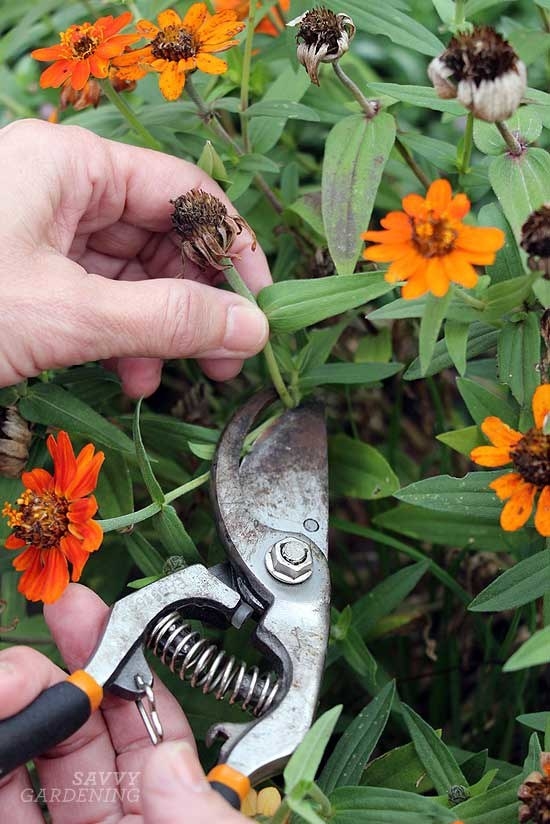
25. You can also cut flowers while they're fresh to display in vases, of course; here's everything you need to know.
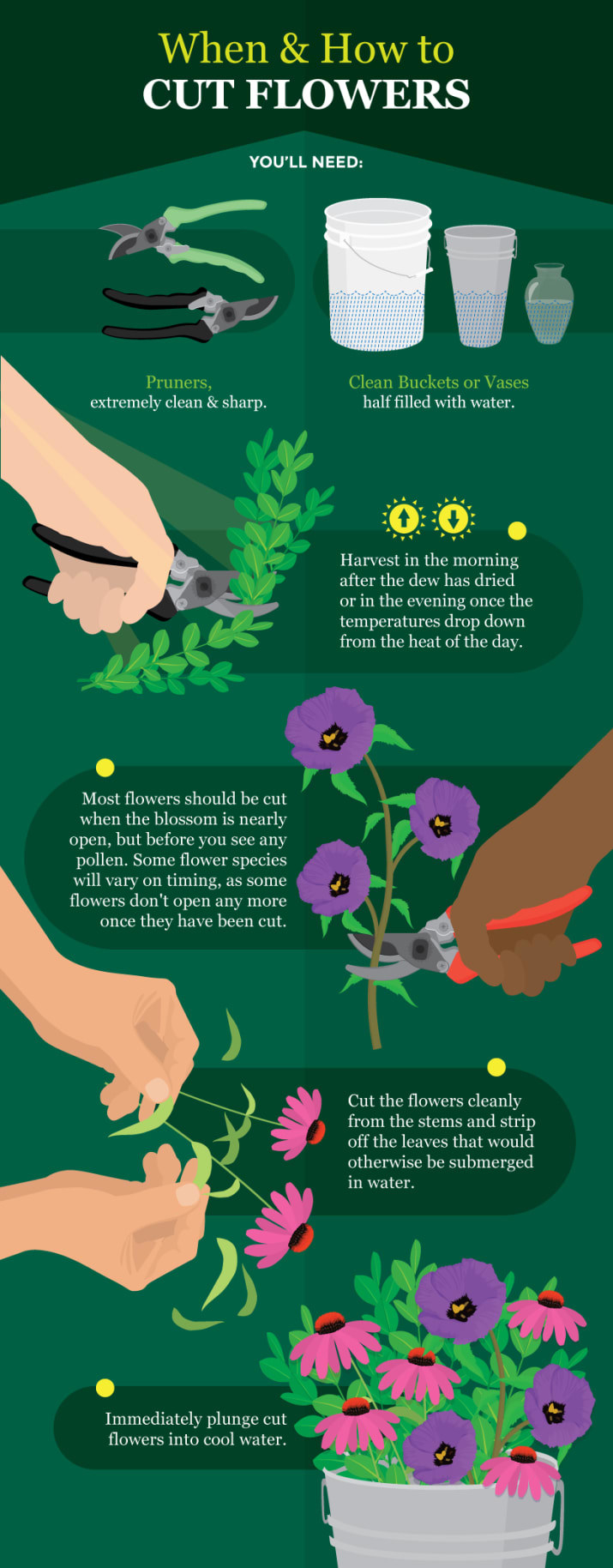
26. Help attract gentle mason bees to pollinate all of your fruit and vegetable plants (so they actually produce a crop) with a bee house.

27. And you can take care of any slug problems by putting out a dish of beer.
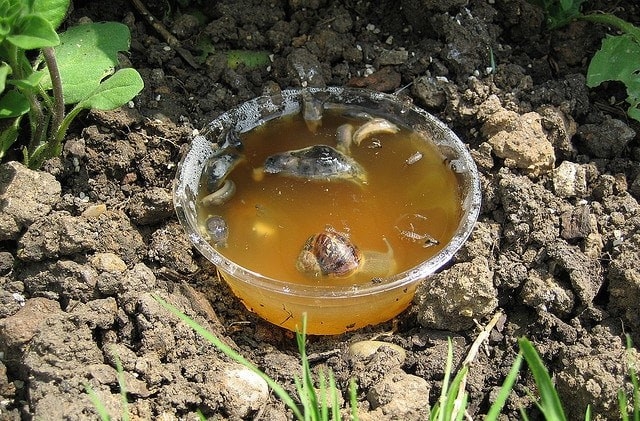
28. Mulching your garden can keep the weeds at bay and water in the soil.
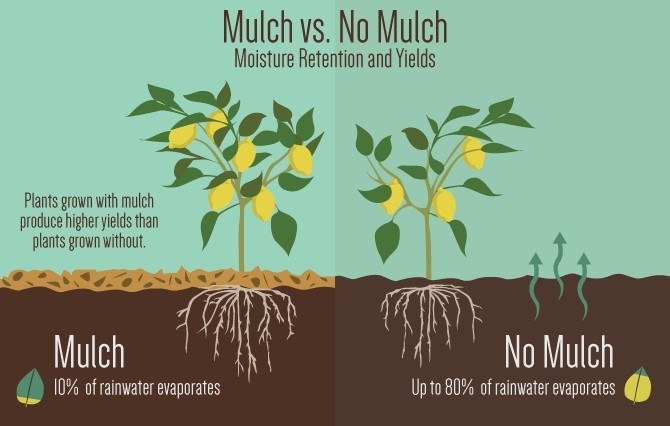
29. Although you'll still probably have to do some weeding, maybe 10 or 15 minutes every day, or once a week. To make it easier on your back, you can always try a stand-up weeder.
30. You can make a homemade ~fertilizer tea~ out of weeds and grass clippings to help return some of the nutrients they absorbed to your soil (and the plants you *want* to grow).
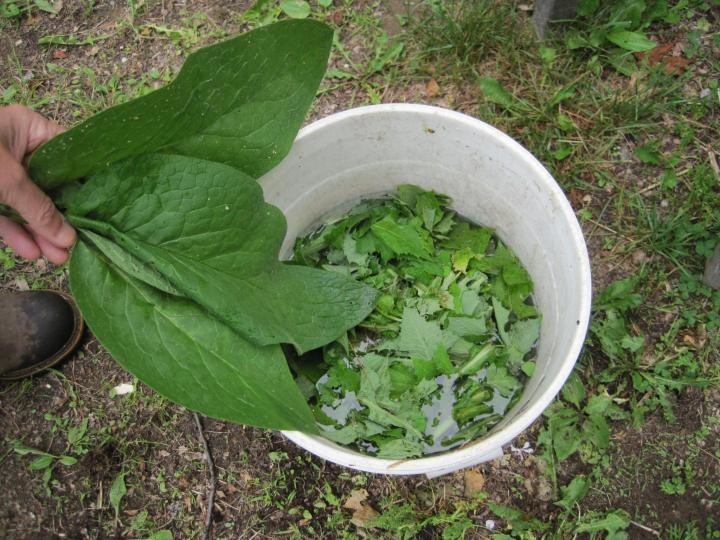
31. Learn the basics before you apply other fertilizers or plant food — you want to make sure you use the right ones at the right times for your particular plants.
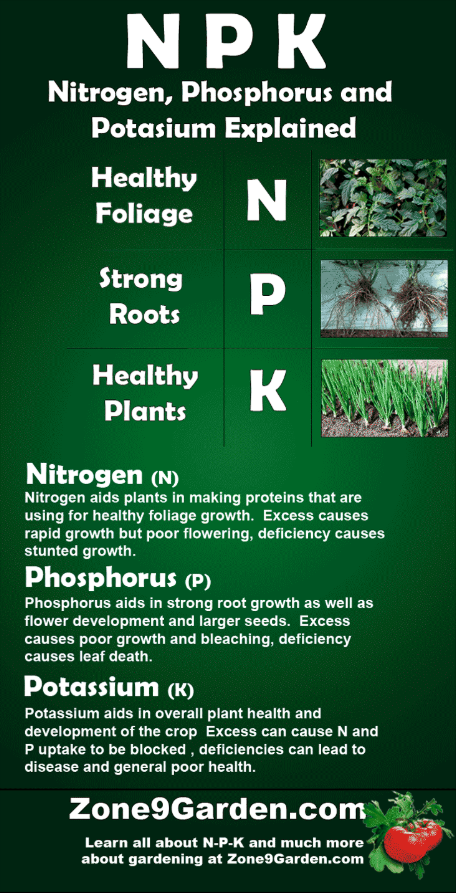
Enjoy your new garden, and good luck!
The reviews in this post have been edited for length and clarity.
Shopping for something specific? Check out BuzzFeed Reviews to find the best things for every budget!


